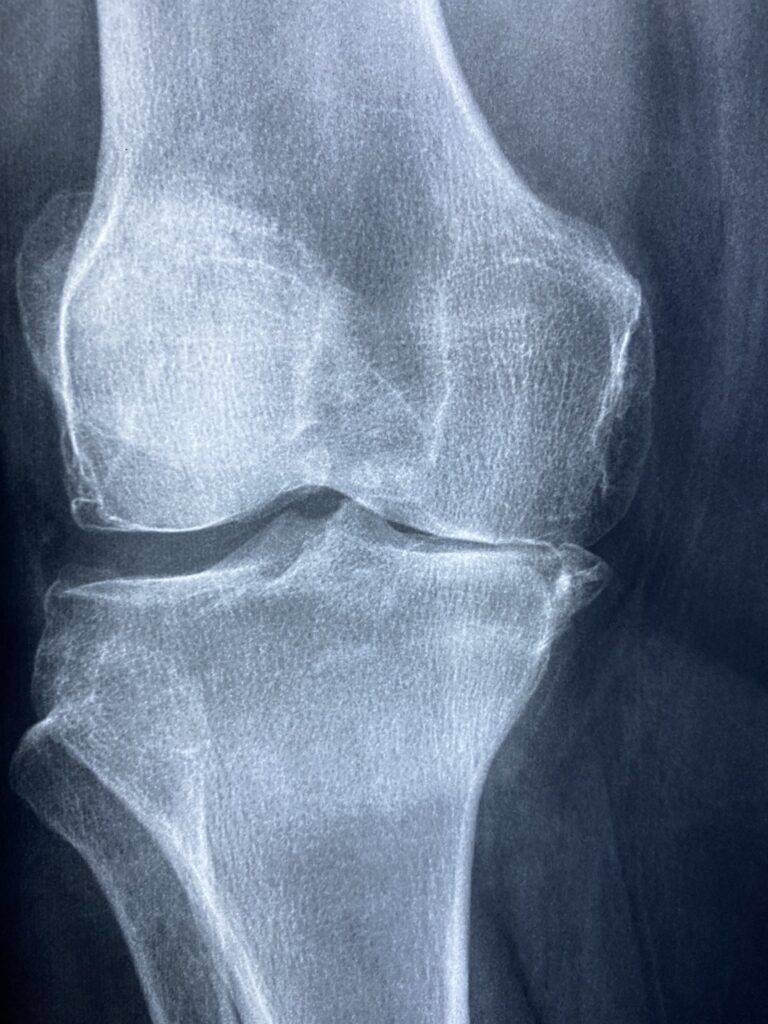1. What is Rabies? Rabies is a viral infection that affects the nervous system and is transmitted to humans through the bite or scratch of an infected animal. Once symptoms develop, rabies is almost always fatal.
2. Causes of Rabies:
- Rabies virus: The rabies virus is typically transmitted through the saliva of infected animals, most commonly dogs, bats, raccoons, skunks, and foxes.
- Animal bites or scratches: Transmission occurs when the virus enters the body through broken skin or mucous membranes, such as the eyes, nose, or mouth, following a bite or scratch from an infected animal.
3. Symptoms of Rabies:
- Initial symptoms: Fever, headache, malaise, and discomfort at the site of the bite or scratch.
- Progressive symptoms: As the virus spreads to the central nervous system, symptoms progress to include agitation, confusion, hallucinations, hydrophobia (fear of water), excessive salivation, paralysis, and ultimately coma and death.
- Rabies progresses rapidly once symptoms appear, and death usually occurs within days to weeks.
4. Diagnosis of Rabies:
- Clinical evaluation: Assessment of symptoms and history of animal exposure.
- Laboratory tests: Direct fluorescent antibody test (DFA) on skin biopsies from the nape of the neck or cerebrospinal fluid (CSF) to detect viral antigens.
- Reverse transcription-polymerase chain reaction (RT-PCR) to detect viral RNA in saliva, CSF, or tissue samples.
- Serological tests to detect rabies-specific antibodies in serum or CSF.
5. Treatment of Rabies:
- Post-exposure prophylaxis (PEP): Immediate and thorough wound cleansing, followed by administration of rabies vaccine and rabies immunoglobulin (RIG) to prevent the development of rabies in individuals exposed to the virus.
- Rabies vaccine: A series of rabies vaccine doses administered over several weeks to stimulate the immune system and provide protection against rabies virus infection.
- Supportive care: Symptomatic treatment to alleviate fever, pain, and discomfort, along with management of complications such as seizures and respiratory failure.
6. Prevention of Rabies:
- Vaccination: Routine vaccination of domestic animals, including dogs, cats, and livestock, to prevent the spread of rabies.
- Animal control measures: Stray animal control, vaccination campaigns, and responsible pet ownership to reduce the risk of human exposure to rabies.
- Awareness and education: Public education campaigns to raise awareness about the risks of rabies, proper animal handling, and the importance of seeking medical care promptly following an animal bite or scratch.
7. Conclusion: Rabies is a serious and potentially fatal viral infection that affects the nervous system and is transmitted through the bite or scratch of an infected animal. Prompt wound care, post-exposure prophylaxis, and vaccination are essential for preventing the development of rabies in individuals exposed to the virus. Public health measures, including vaccination of domestic animals and education about responsible pet ownership, are crucial for controlling the spread of rabies and reducing the incidence of human cases.




